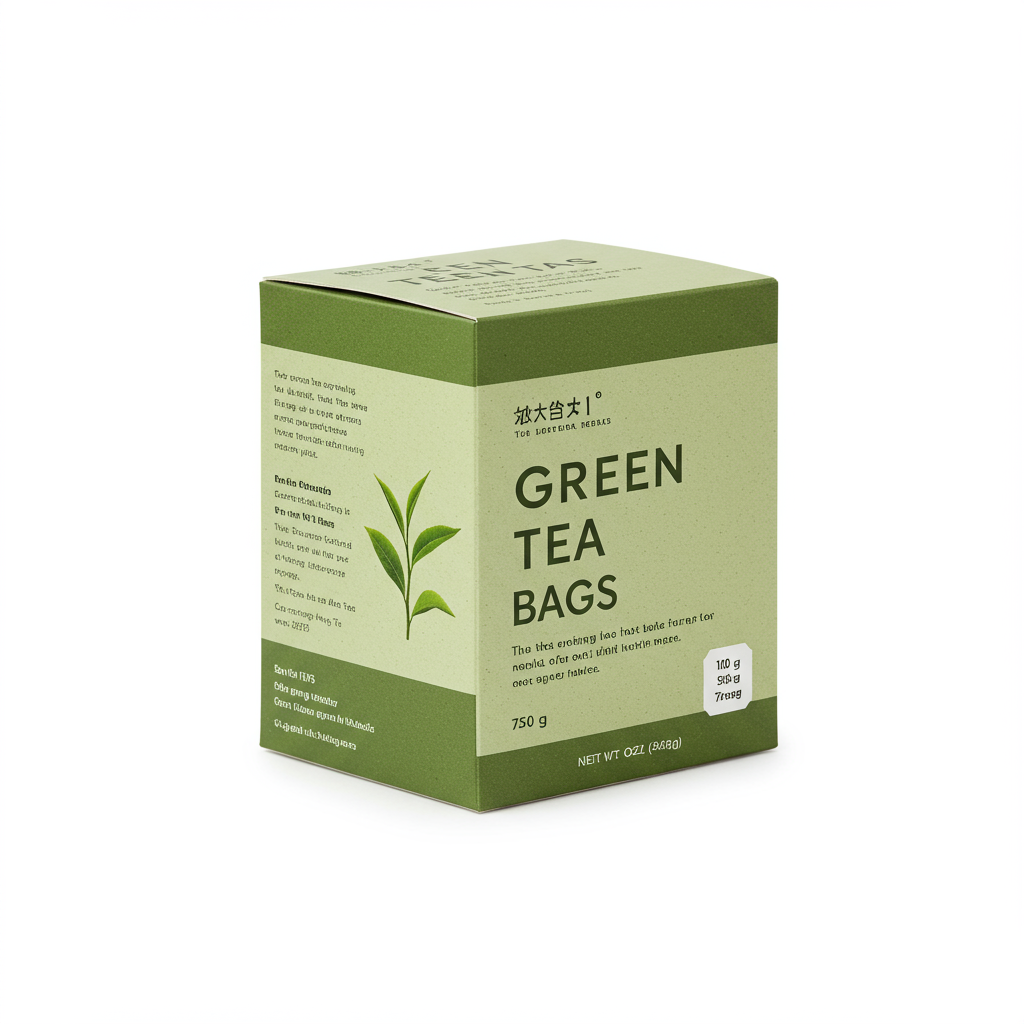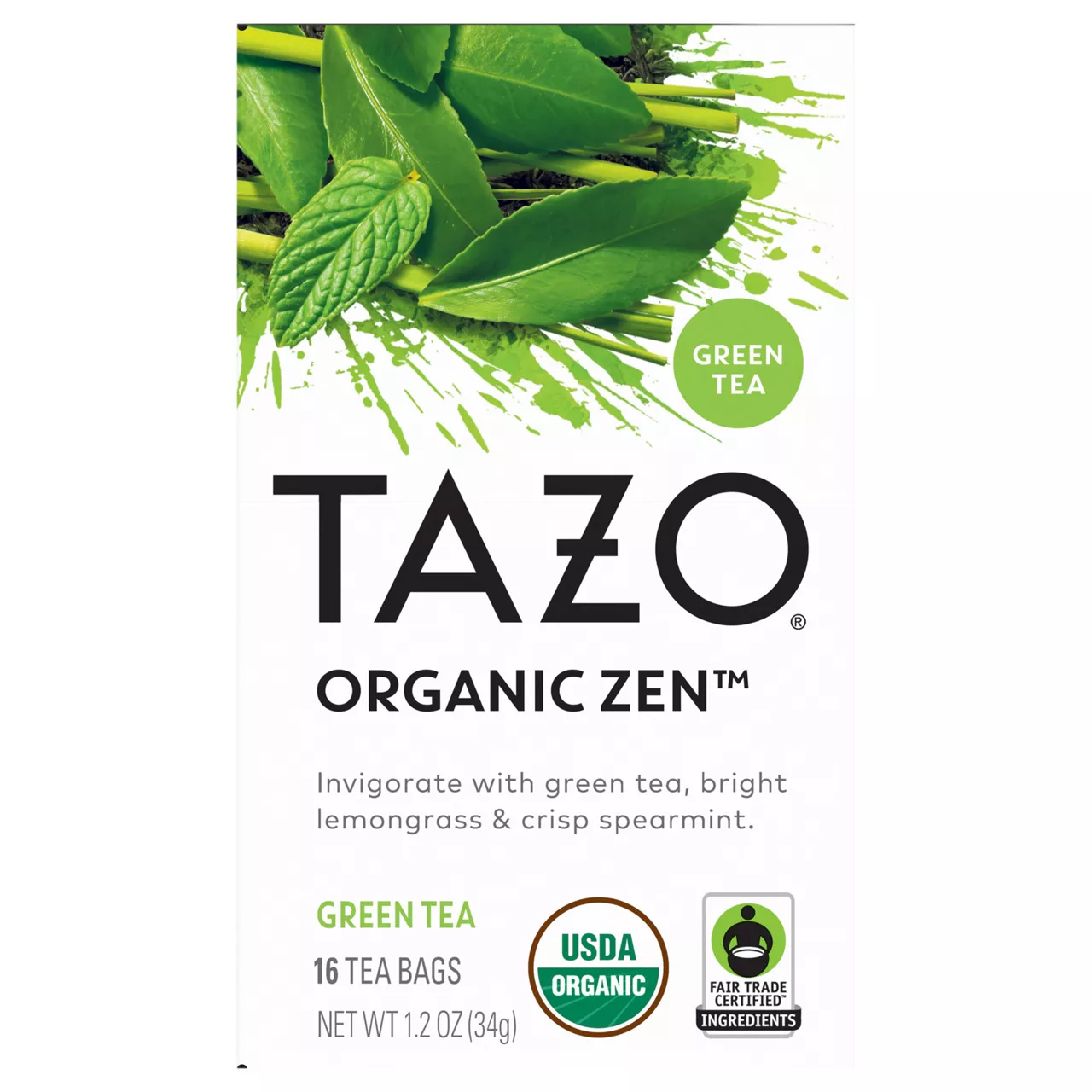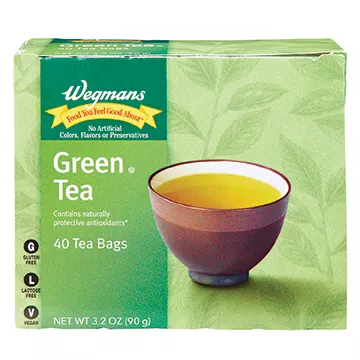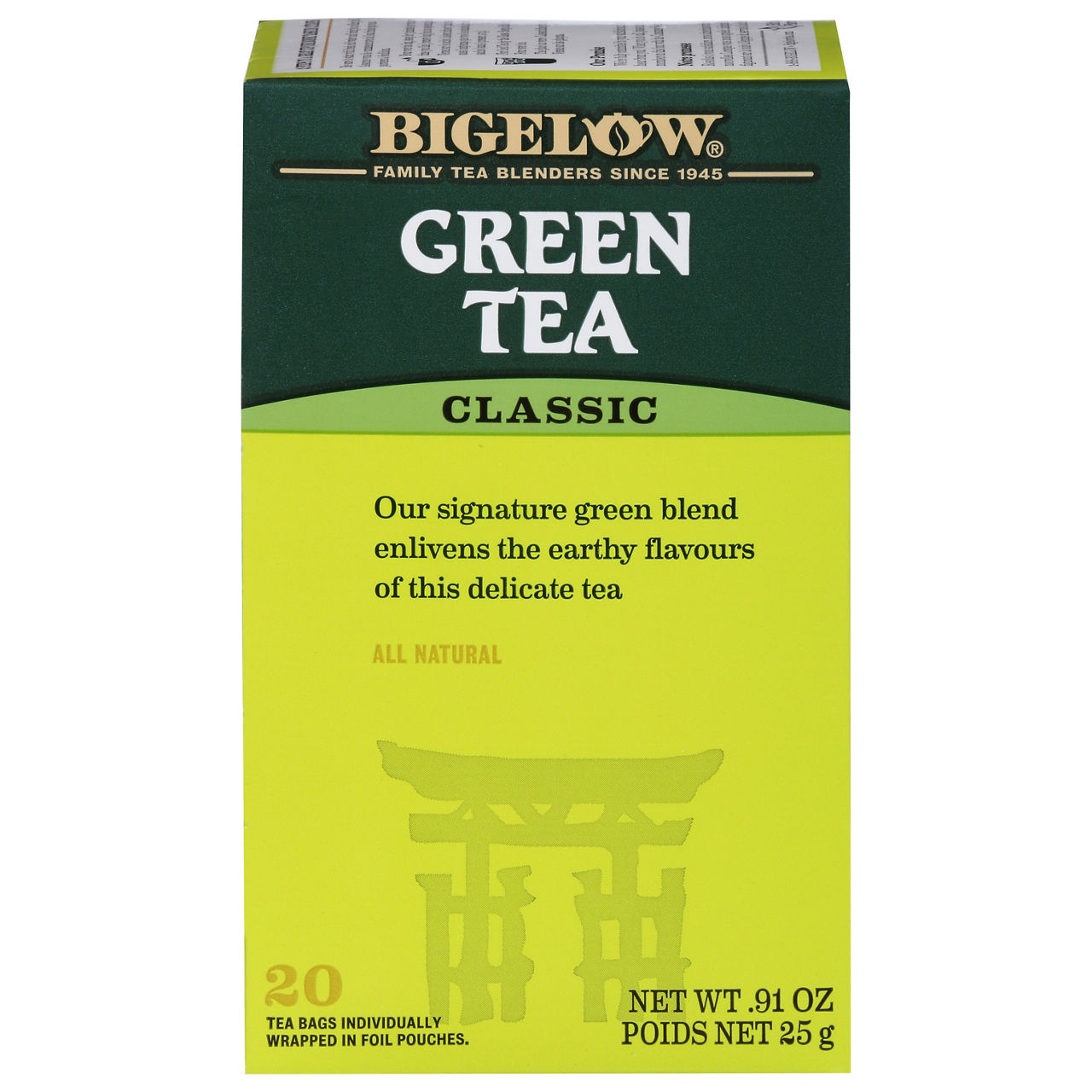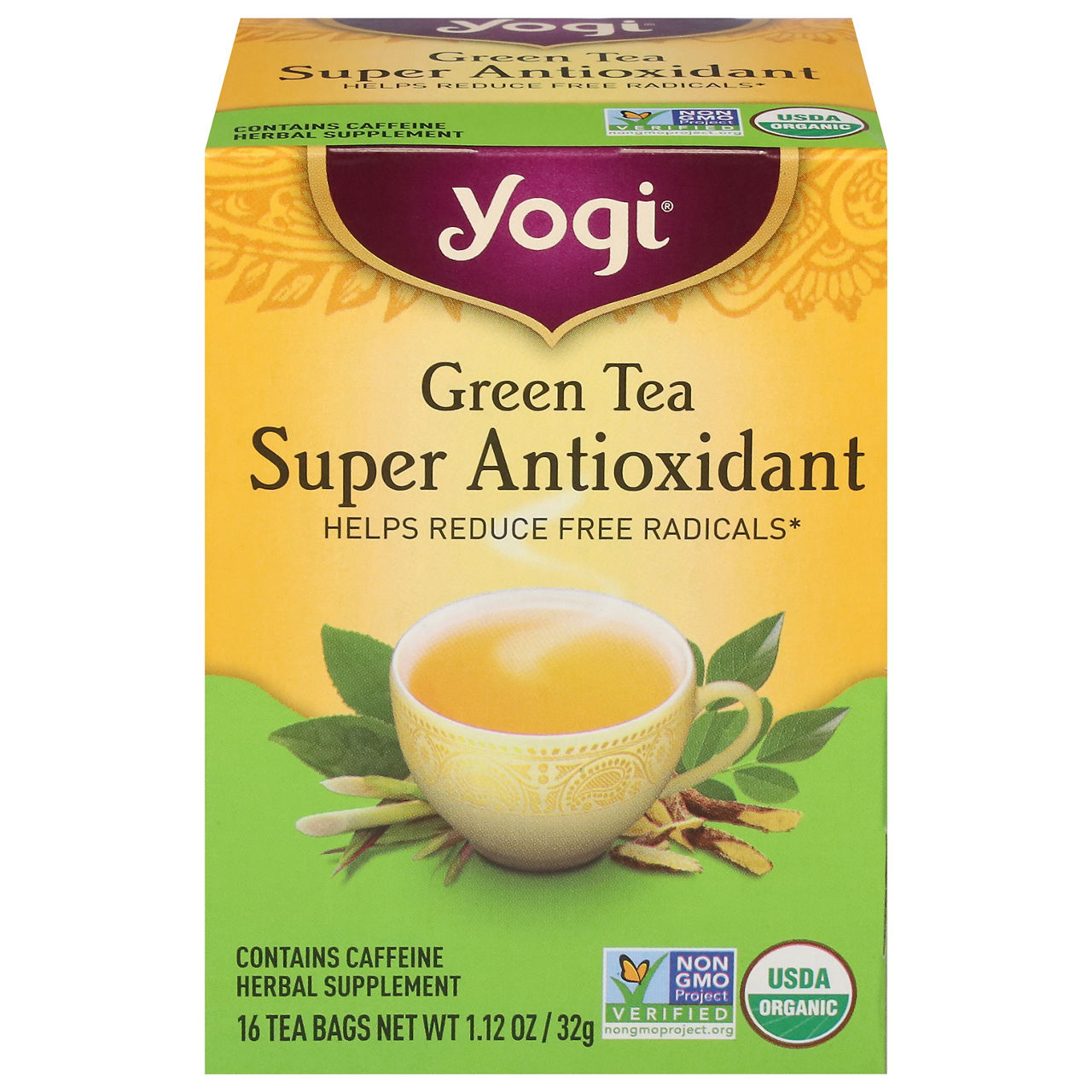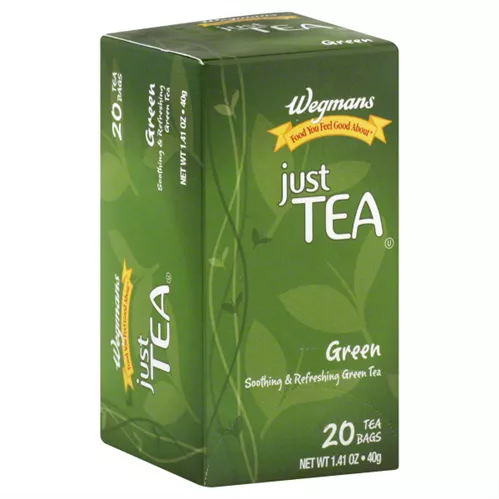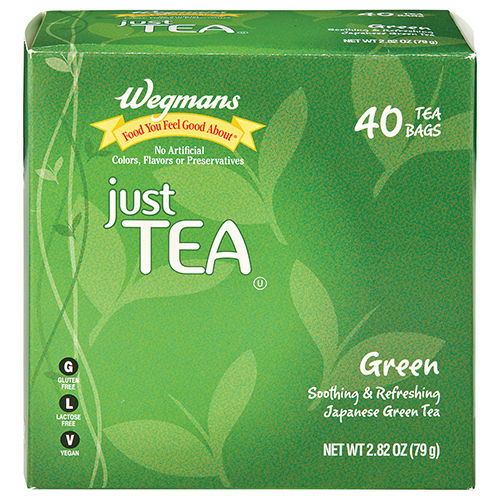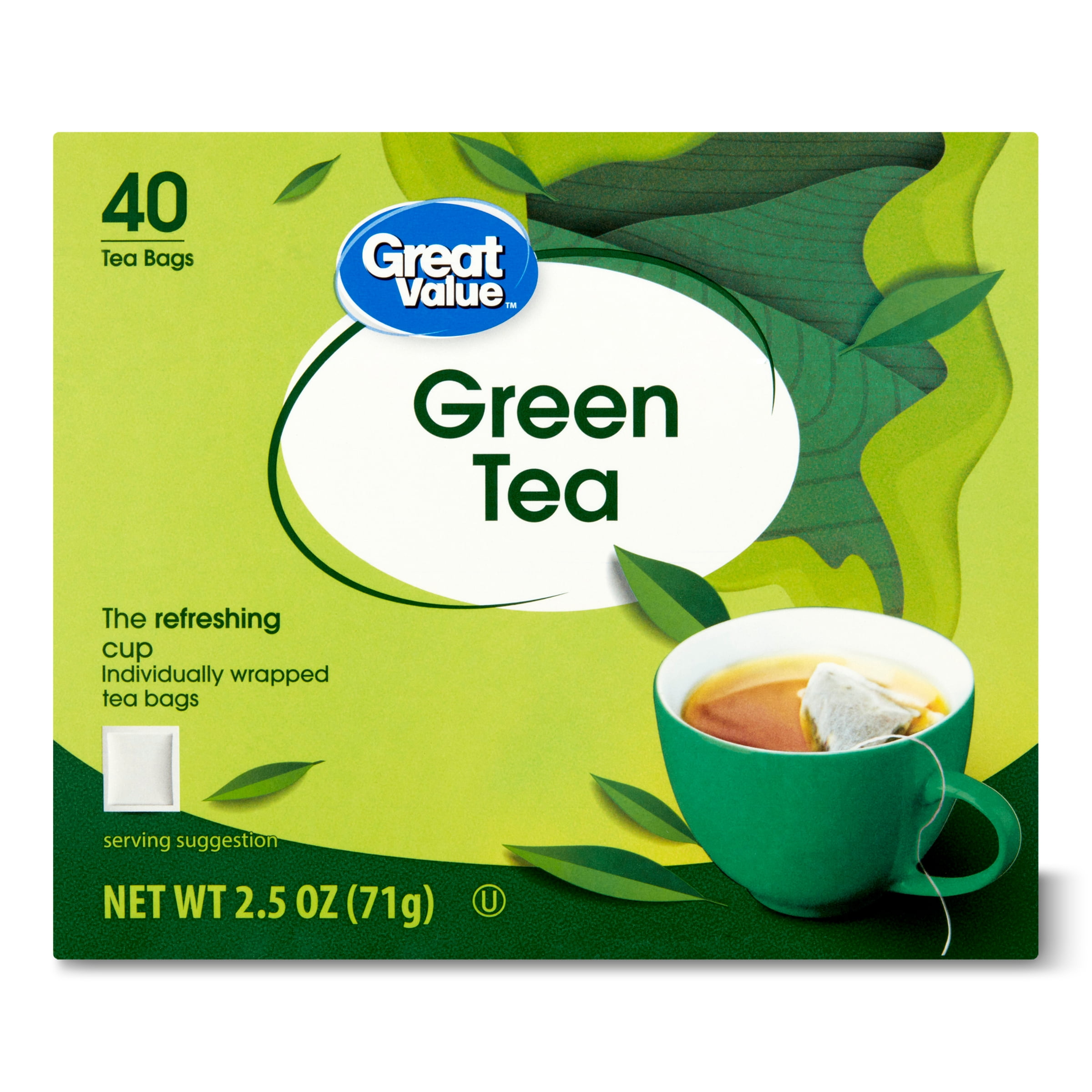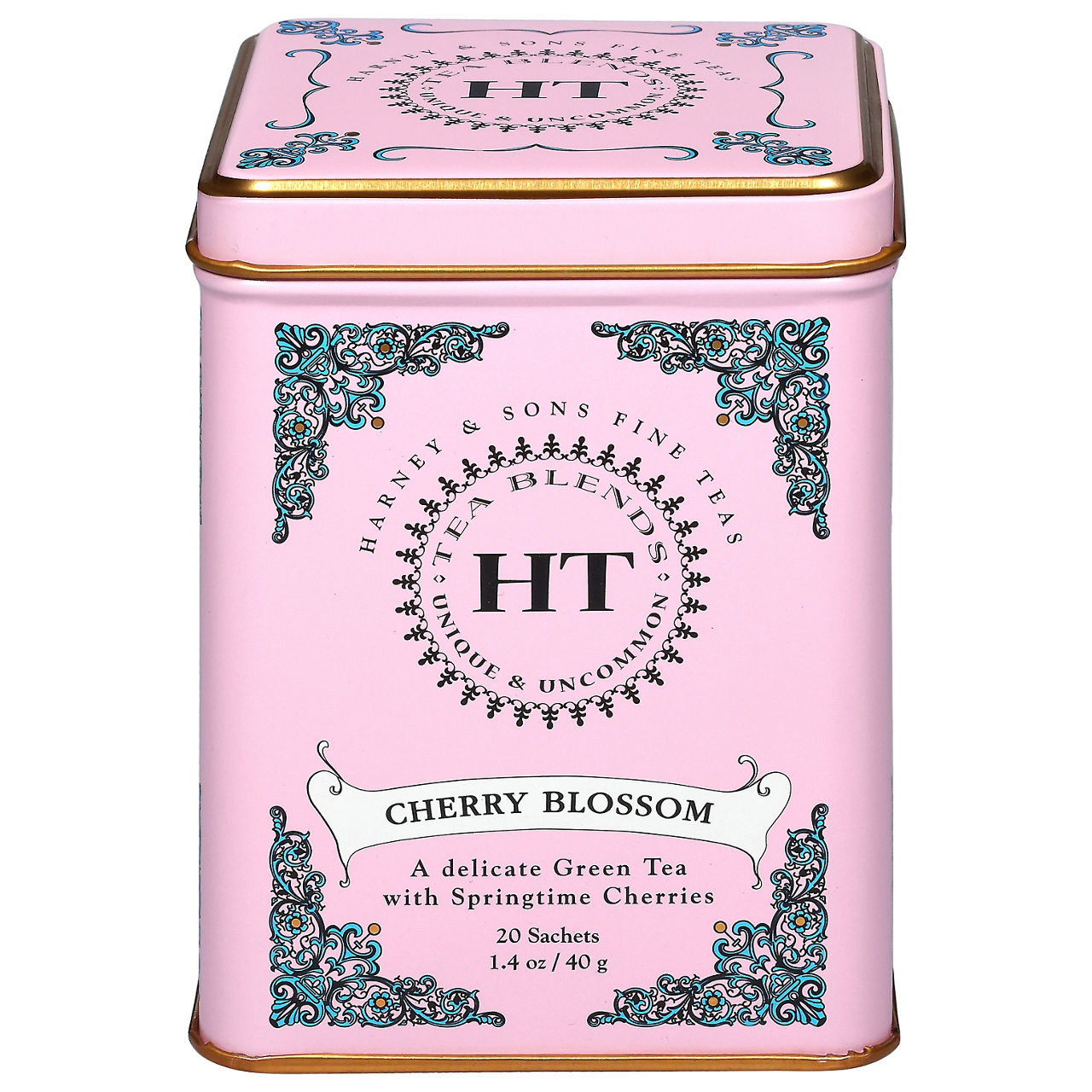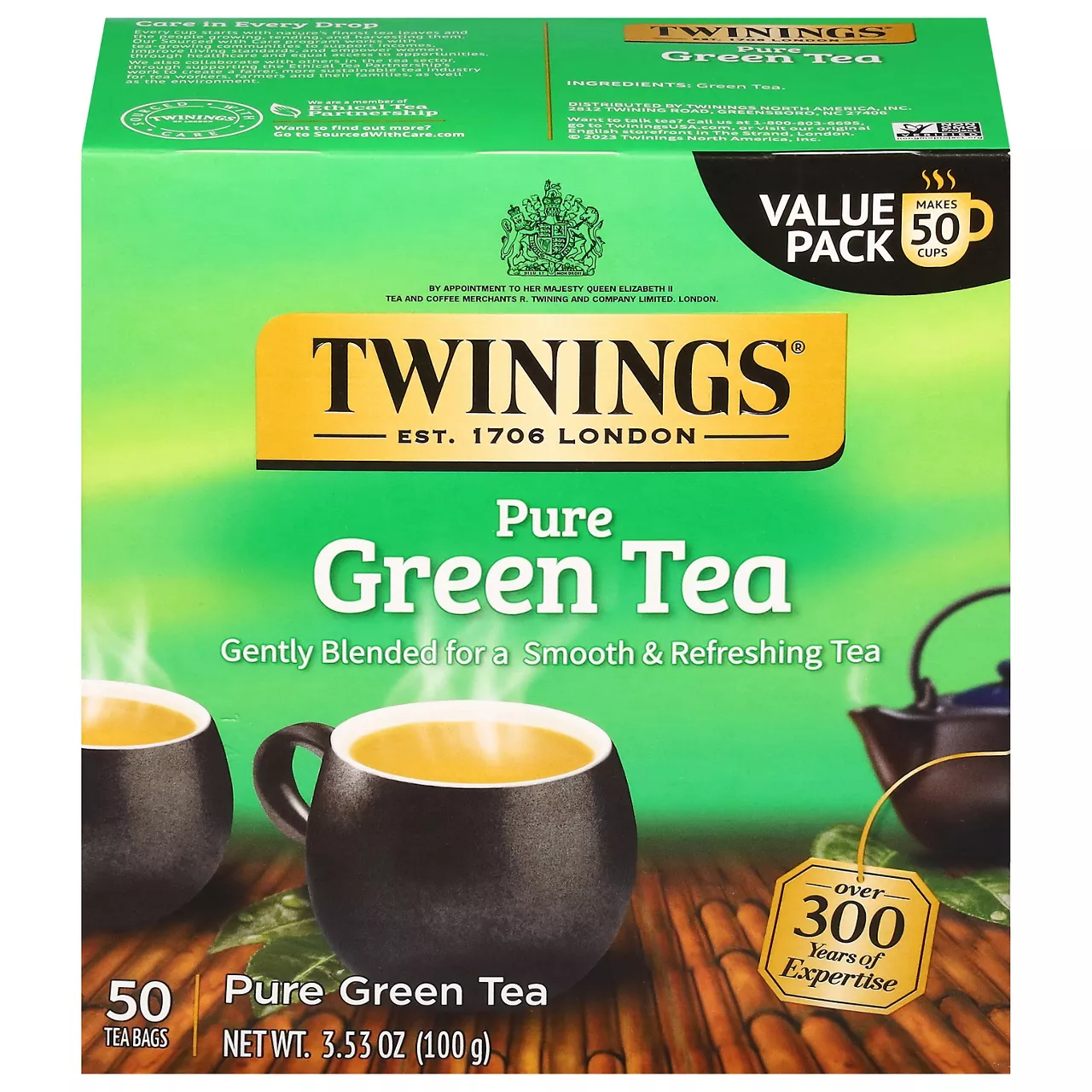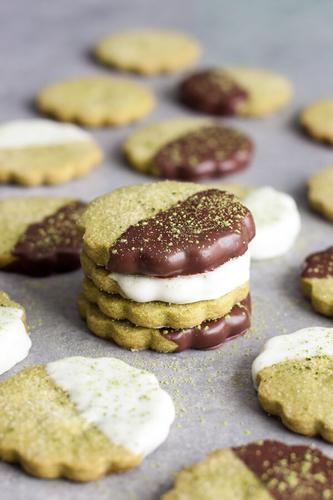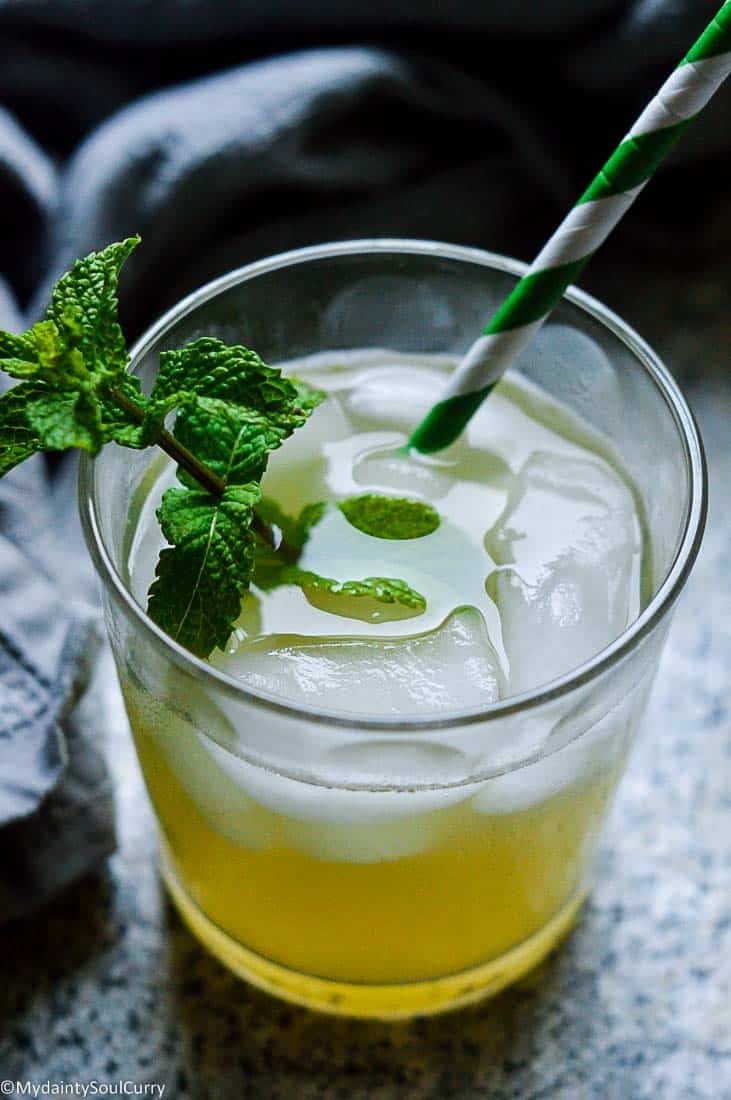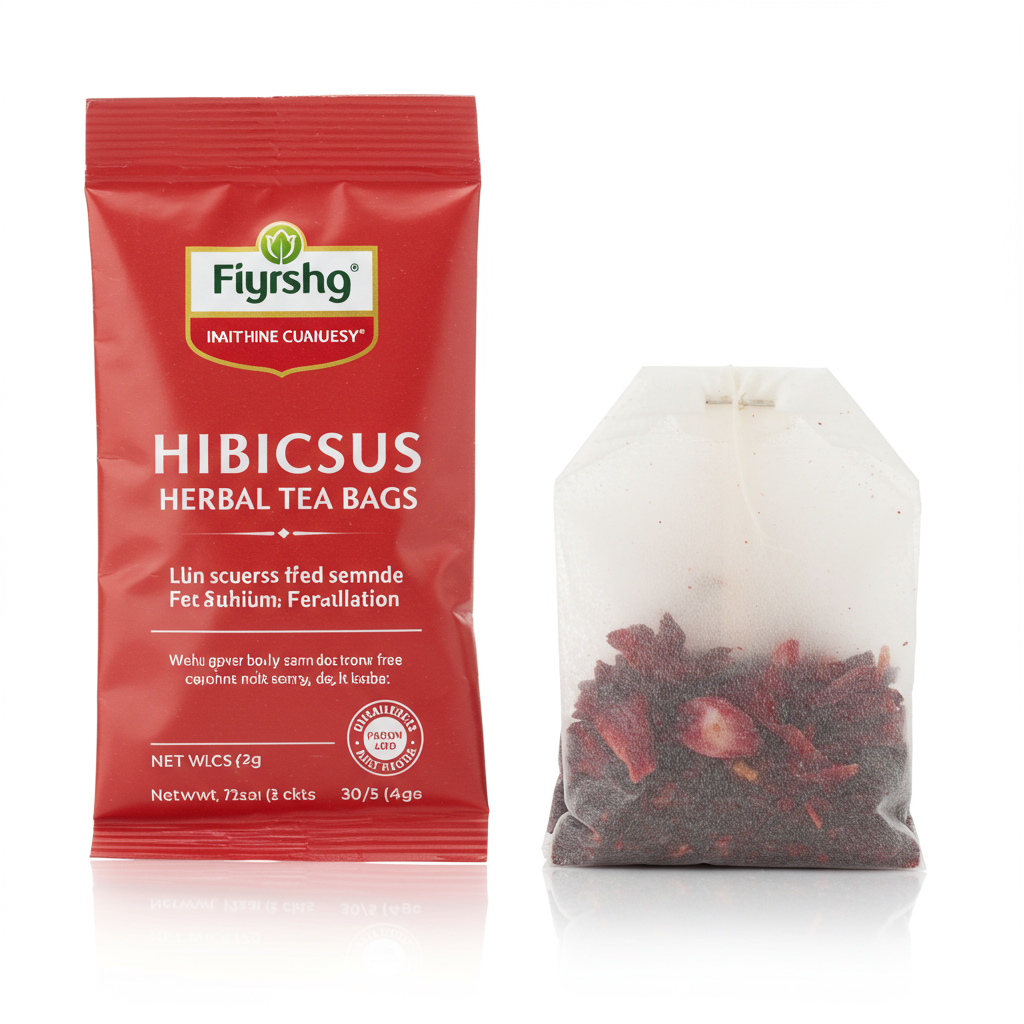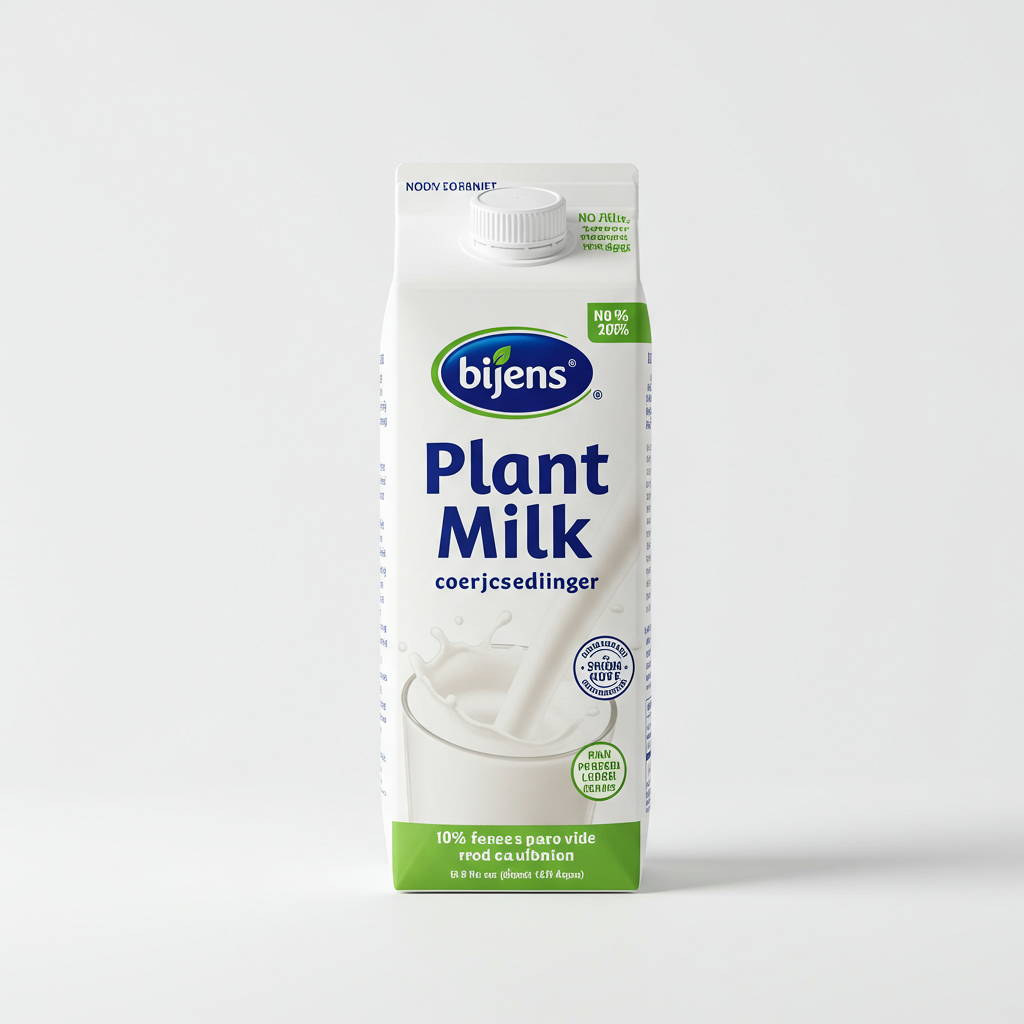BEVERAGES
Green Tea Bags
Green tea, originating from China, is an immensely popular beverage made from the Camellia sinensis plant's leaves and buds. While the same plant is used for black and oolong teas, green tea distinguishes itself through its unique processing methods, which involve minimal oxidation and withering, resulting in its characteristic light color and delicate flavor profile. Rich in antioxidants, especially catechins, green tea has been hailed for its potential health benefits.
From a home cook's perspective, green tea can be brewed plain or infused with other ingredients like jasmine flowers, dried fruits, or various herbs. It's also commonly used to make refreshing iced green tea, lattes, and smoothies. Beyond brewing, green tea as an ingredient can be found in a range of recipes, from savory dishes like green tea noodles and rice, to desserts such as green tea ice cream or matcha powder-based baked goods. Matcha, a type of green tea, is pulverized into a fine powder, making it an easy and versatile ingredient for both drinks and dishes.
#3
IN TEA
$0.14
AVG / OZ
4,345 Green Tea Bags Products
TAZO Tea Bags, Green Tea, Regenerative Organic Zen Tea, 16 Count
Wegmans Green Tea Bags, 40 Tea Bags
Lipton Tea Bags, Green Tea, 40 Green Tea Bags per Box
Bigelow Green Tea, Classic, Bags
Yogi Green Tea, Super Antioxidant, Tea Bags
Wegmans Just Tea Green Tea Bags
Wegmans Just Tea Green Tea Bags
Great Value Tea Bags Green Tea
Harney & Sons, Cherry Blossom, Green Tea with Cherry Flavor
Twinings Green Tea, Pure, Bags, Value Pack
Used In 3 Recipes
Green Tea Bags Are Frequently Used With
Green Tea Bags FAQ
The most common issues people encounter when handling green tea revolve around over-steeping, wrong water temperature, and low-quality tea. Over-steeping can result in a bitter and astringent taste. The ideal steeping time is usually between 1-3 minutes, but it can vary slightly depending on the type of green tea. Water temperature is critical too; boiling water can scorch the leaves and ruin the finer flavors. Experts recommend using water just short of boiling, around 160-180°F (70-80°C). Lastly, the overall taste and benefits of green tea are profoundly impacted by its quality. Picking a good quality green tea, whether loose leaf or matcha powder, can significantly enhance the tea drinking and cooking experience.
To maximize the potential of green tea, brewing it with spring water or filtered tap water can improve the taste due to reduced impurities. For those using it in cooking, pairing green tea with complimentary flavors like white chocolate, coconut, or citrus can enhance its distinct flavor. As a healthy bonus, adding a squeeze of lemon to your green tea can augment the absorption of its beneficial antioxidants.
One little-known tip is the use of brewed tea leaves. Don't throw away the leaves just after one brew; they can often be used 2-3 times, each steeping revealing different facets of the tea's flavor profile. If you're using matcha powder, ‘sifting’ it before whisking helps to reduce clumping and achieves a smoother end product in both drinks and baking.
Why does my green tea always taste bitter?
Does green tea have caffeine?
How can I use green tea in cooking?
Is it ok to use tap water for brewing green tea?
What foods pair well with green tea?
Why add lemon to green tea?
How many times can green tea leaves be used?
What's the difference between green tea and matcha?
How to make a green tea latte?
Why is green tea healthier than black or oolong tea?
Expiration & Storage Tips
When does green tea expire?
Unopened, a packet of green tea leaves or bags generally remains fresh up to one to two years from the manufacturing date. Once opened, the tea can last you around 6 months to a year, but its flavors might start to deteriorate after 6 months. As for homemade green tea preparations such as iced tea or latte, it's best to consume them within 2-3 days. Freezing green tea is not generally recommended, because it may impact the flavor and aroma of the tea.
How do you tell if green tea is bad?
Determining if green tea has gone bad can be a bit tricky as it doesn't spoil in the same way food with more moisture does. But it does lose its flavor, aroma, and health benefits over time. The first sign to look for is a dull, stale, or oddly 'off' smell as compared to its usually fresh, grassy aroma. As for the appearance, if your green tea leaves or powder look dull and faded instead of vibrant, or there's a noticeable amount of dust in the bag, it's likely past its prime. Lastly, if you brew the tea and the taste is flat, stale, or it loses its usual refreshing flavor profile, it's probably not fresh anymore.
Tips for storing green tea to extend shelf life
• Green tea is sensitive to heat, light, moisture, and strong odors, so it's best stored in a cool dark place, preferably in an airtight container. Avoid storing it near strong-smelling foods or spices.
• If you bought more than you can use in six months, consider repackaging the remaining amount in vacuum-sealed baggies, or wrap tightly in plastic wrap, then store in a cool, dry place. This could help retain the quality about a month or two longer.
• Try to handle green tea leaves with clean, dry hands or utensils. Moisture is a major enemy of green tea.
• If you're using loose leaf green tea, one hack is to store it in small individual portions after opening the packaging. This way, each time you need to brew tea, you're only exposing a small amount tea to air.
EXPIRES WITHIN
10 - 15
MONTHS
Substitutes
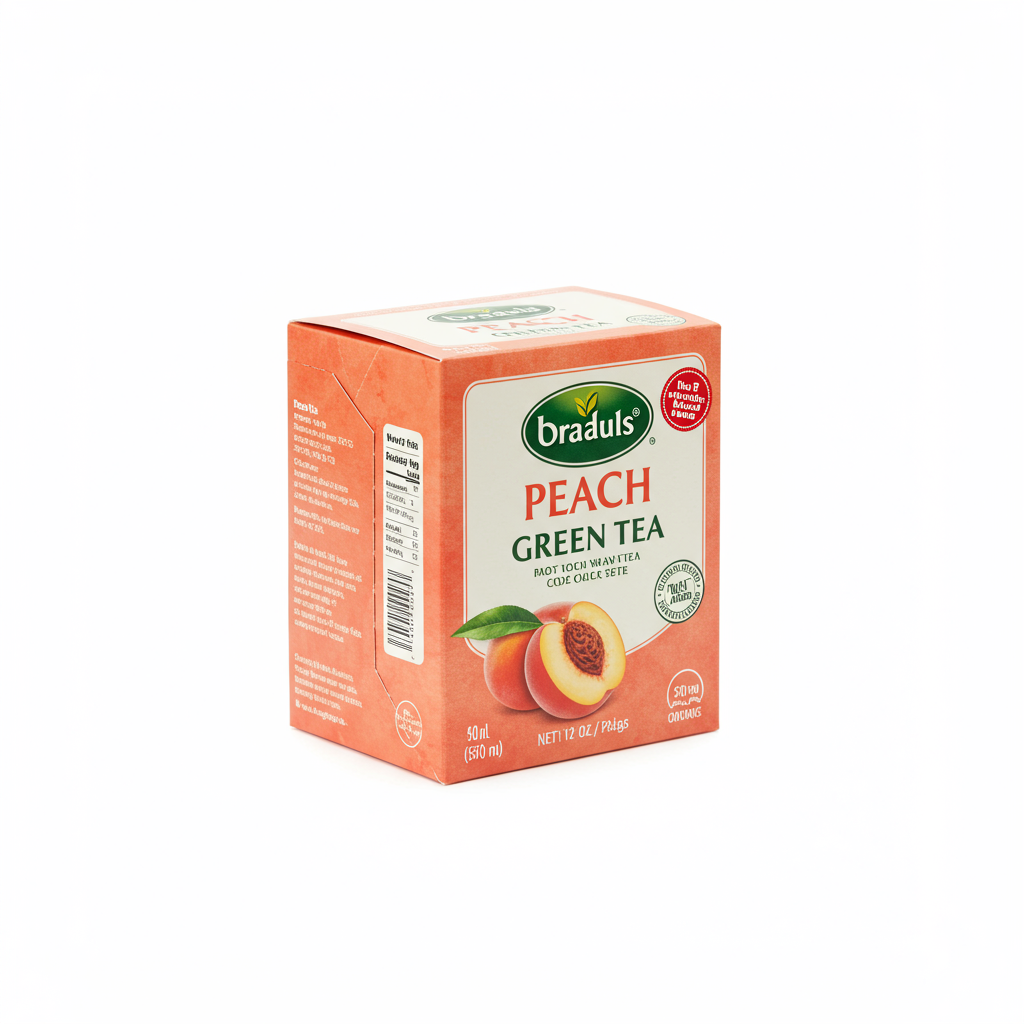
Peach Green Tea Bags
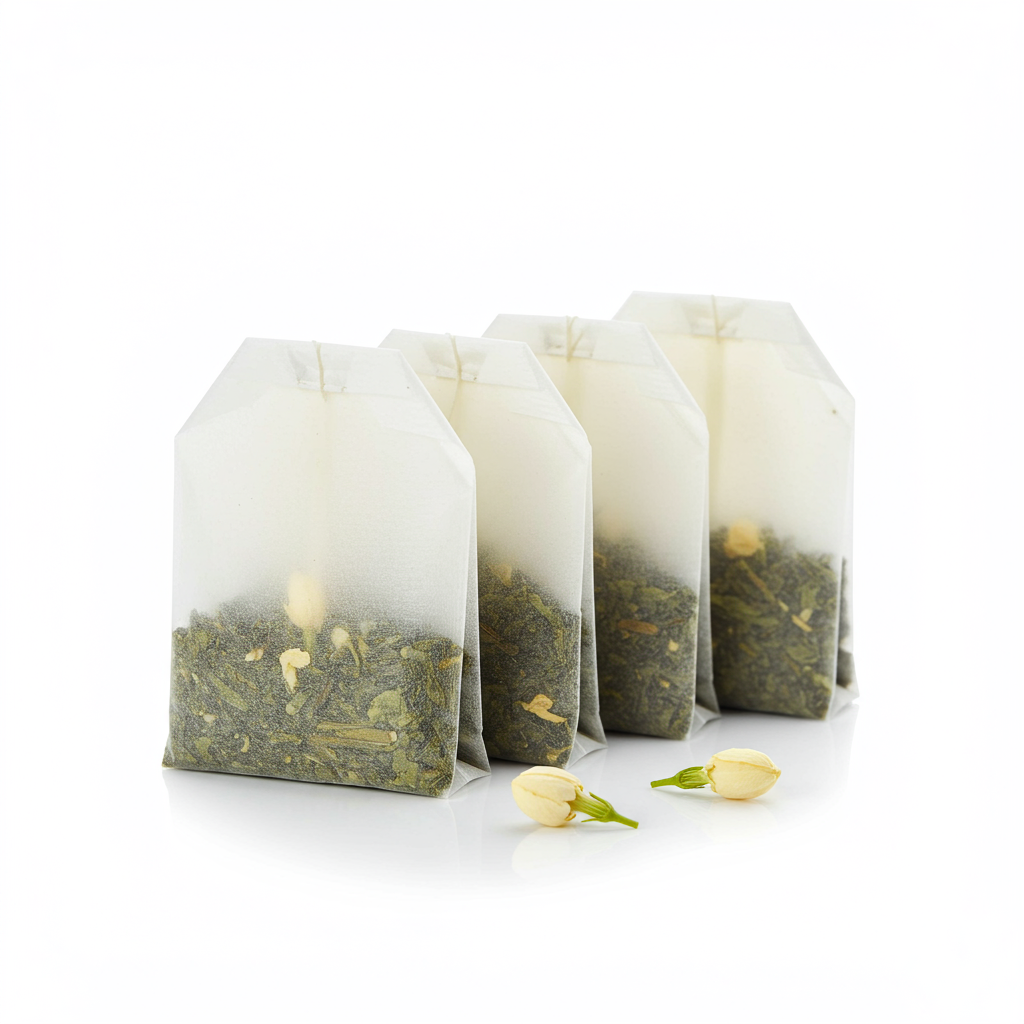
Jasmine Green Tea Bags
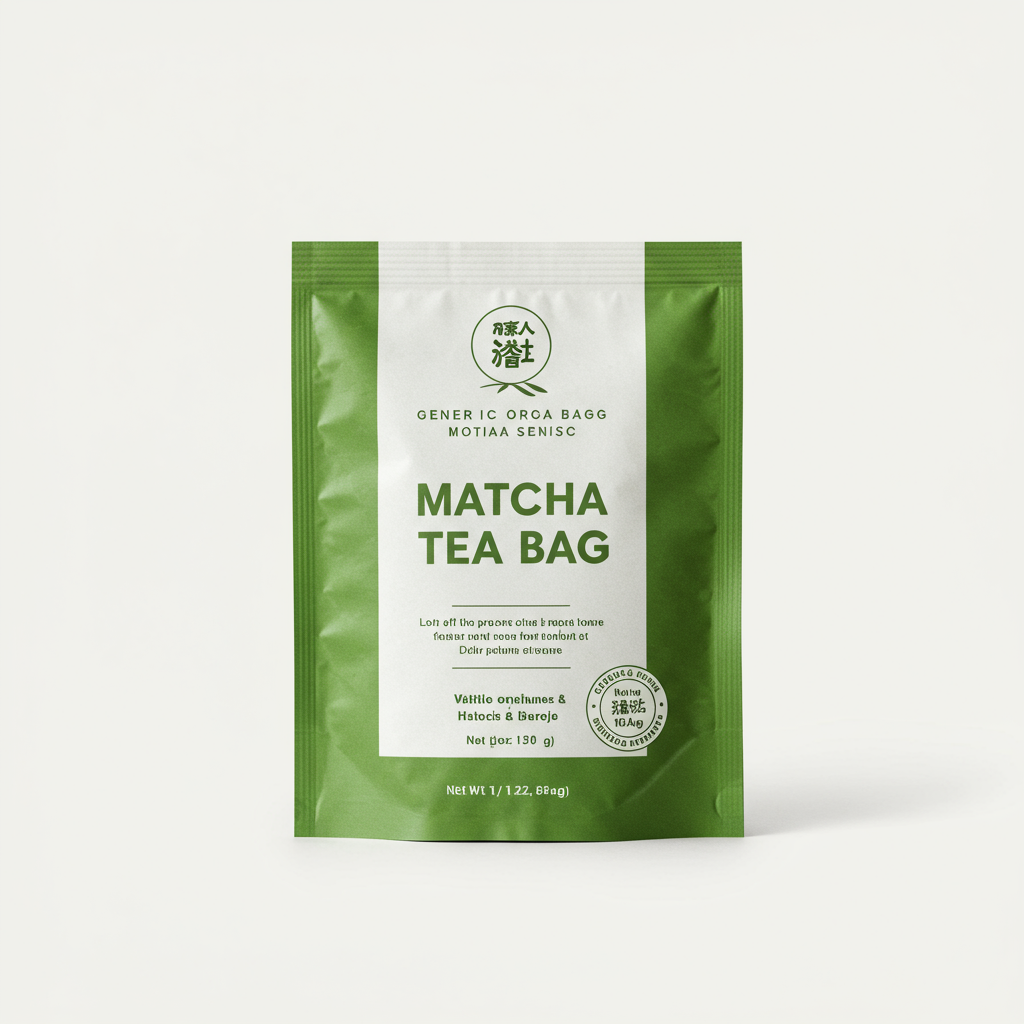
Matcha Tea Bag
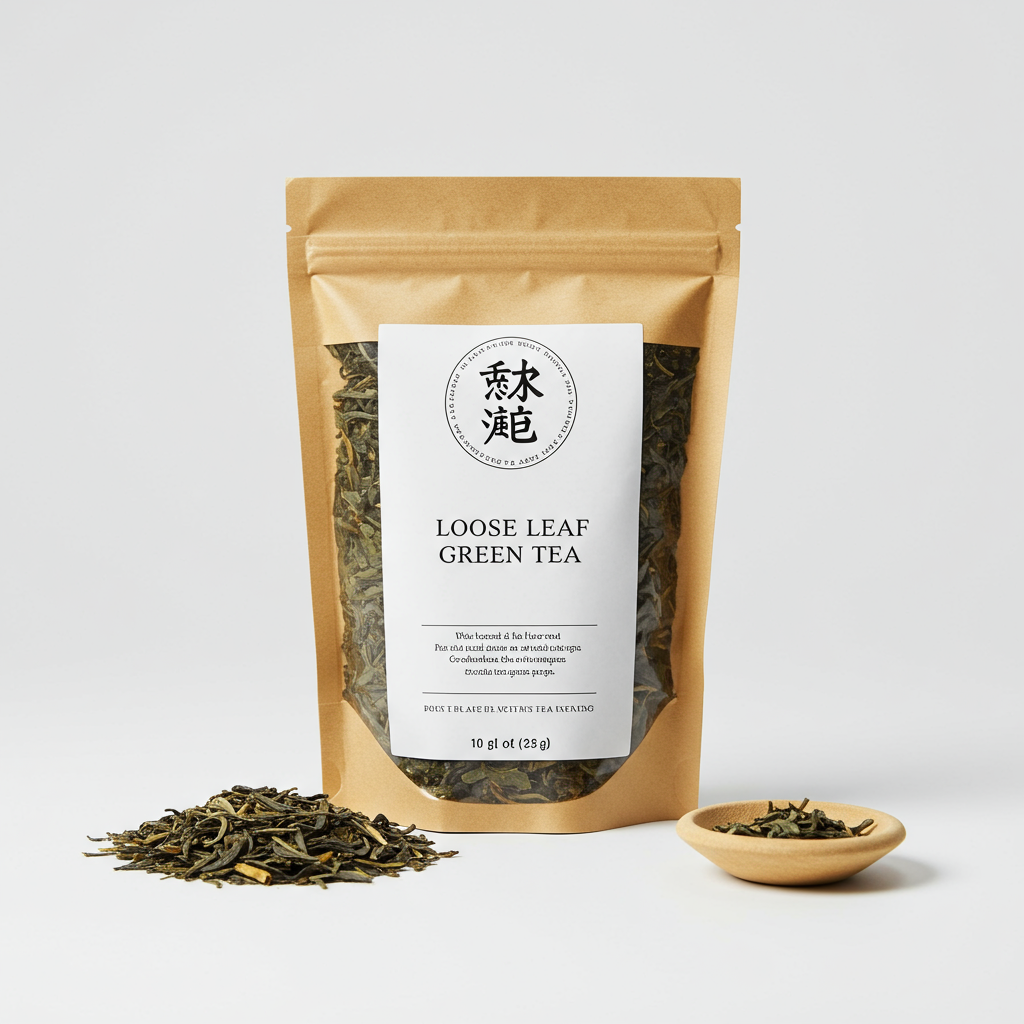
Loose Leaf Green Tea
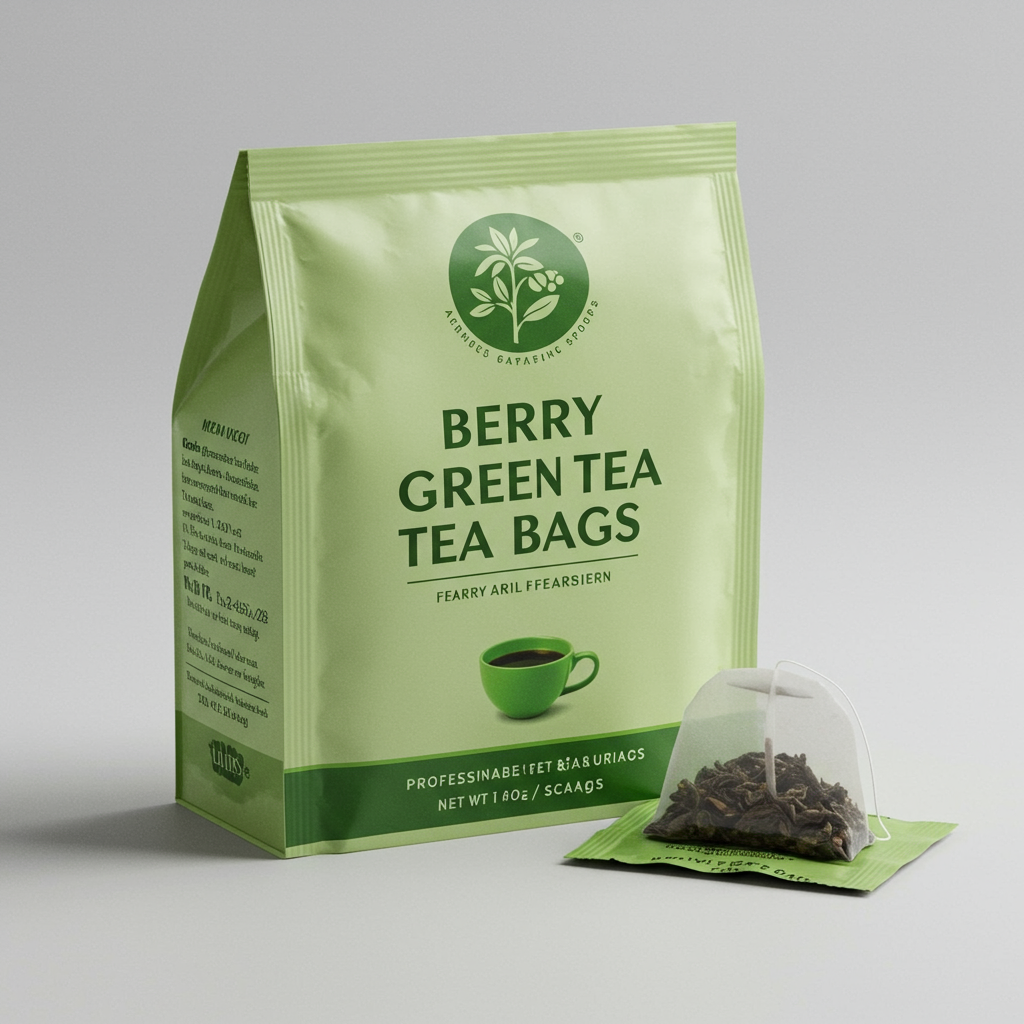
Berry Green Tea Bags
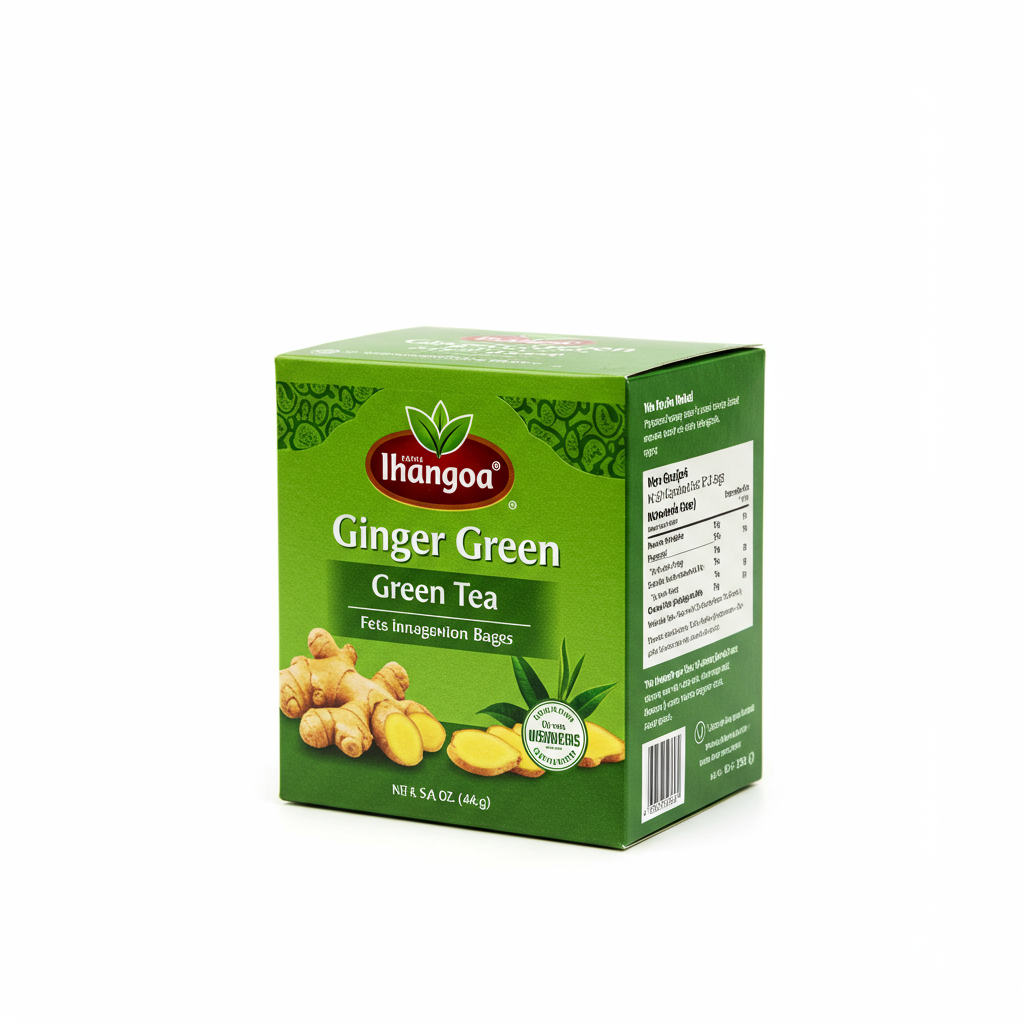
Ginger Green Tea Bags
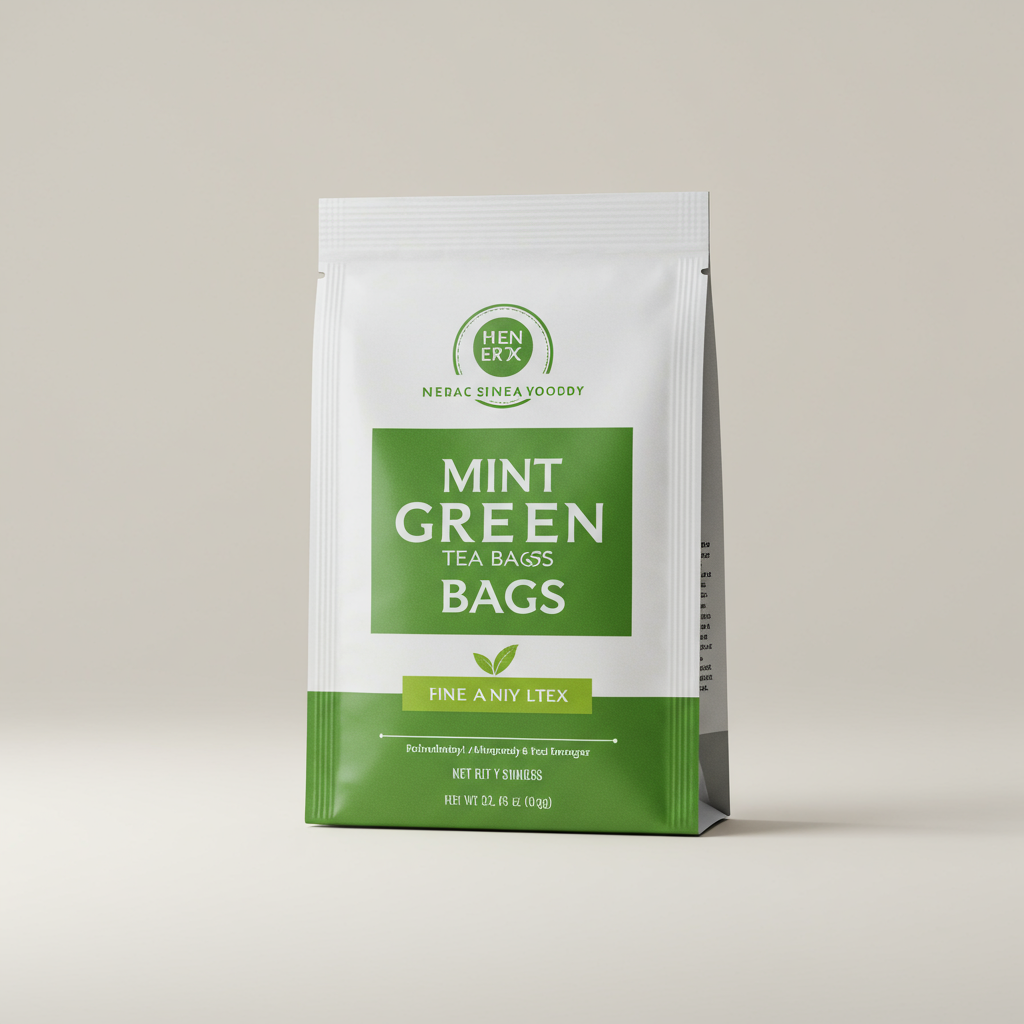
Mint Green Tea Bags
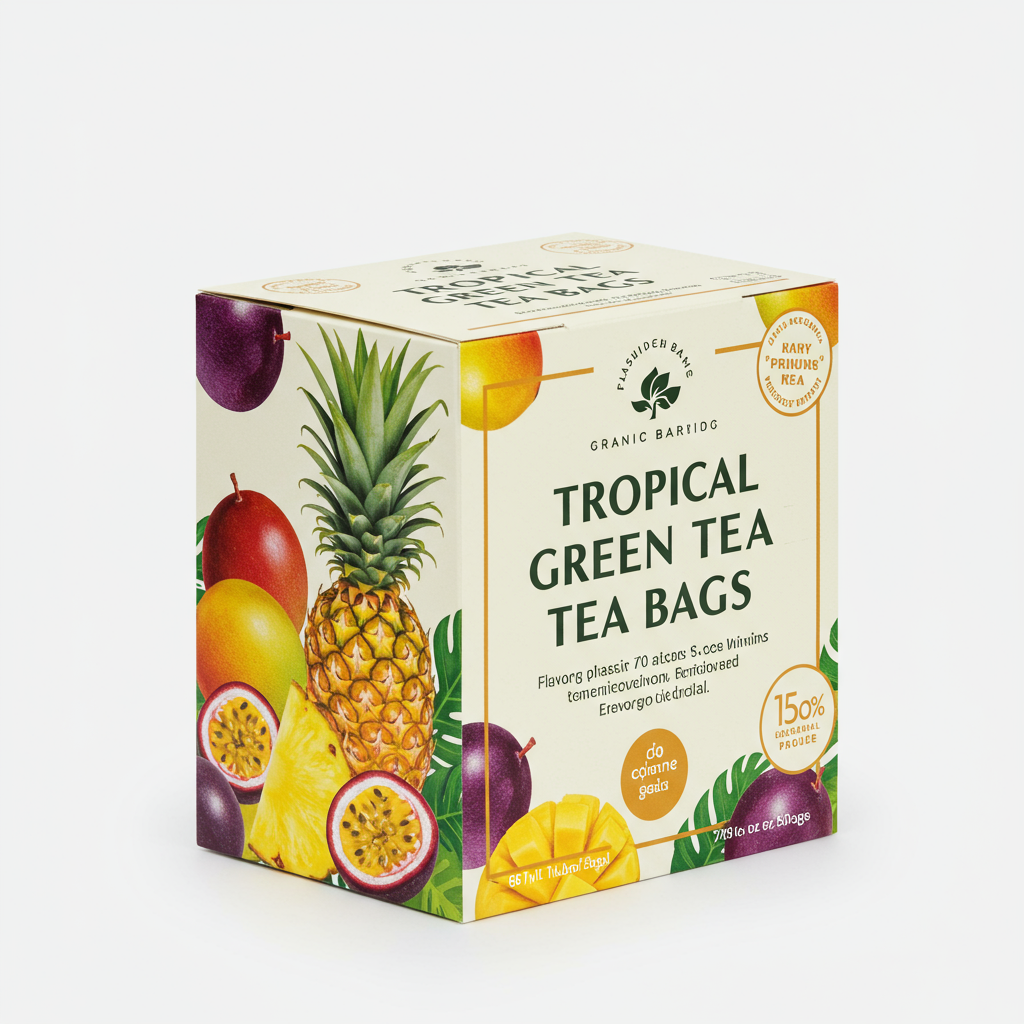
Tropical Green Tea Bags
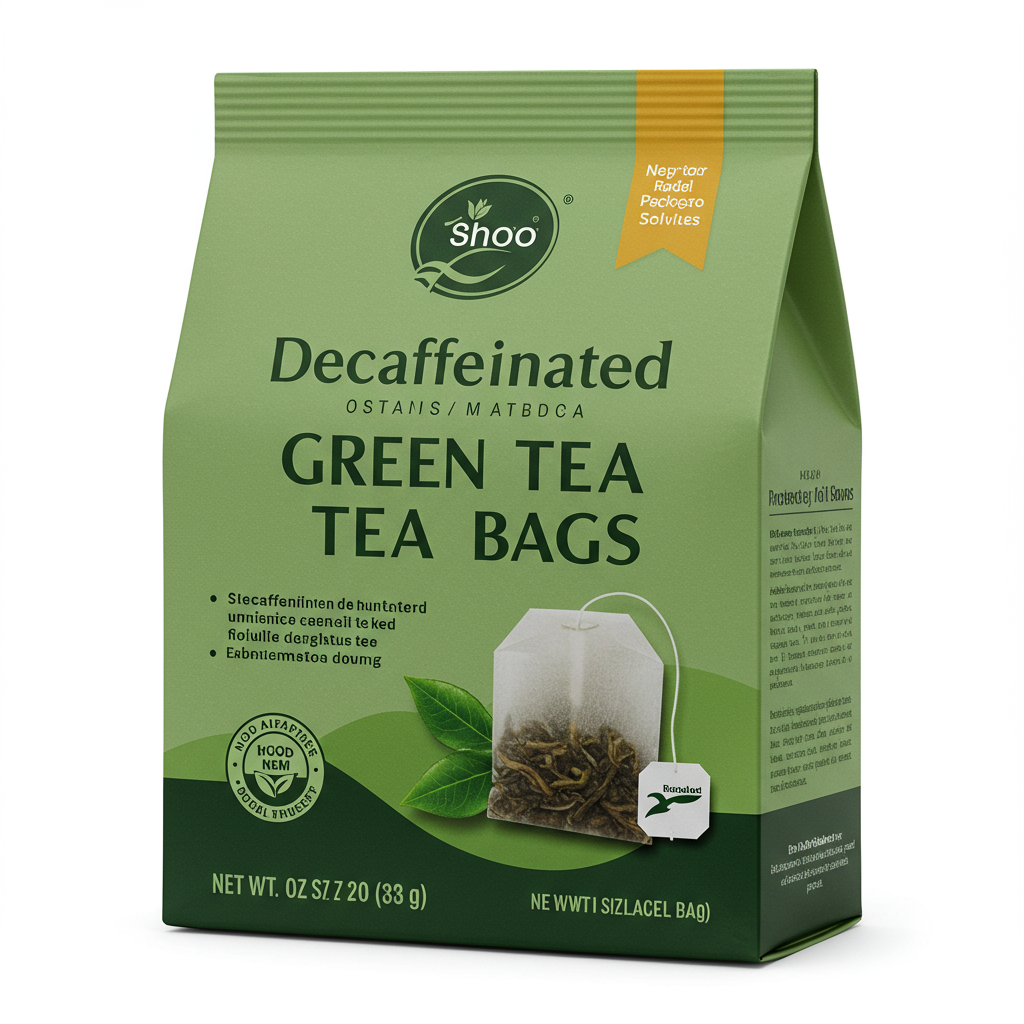
Decaffeinated Green Tea Bags
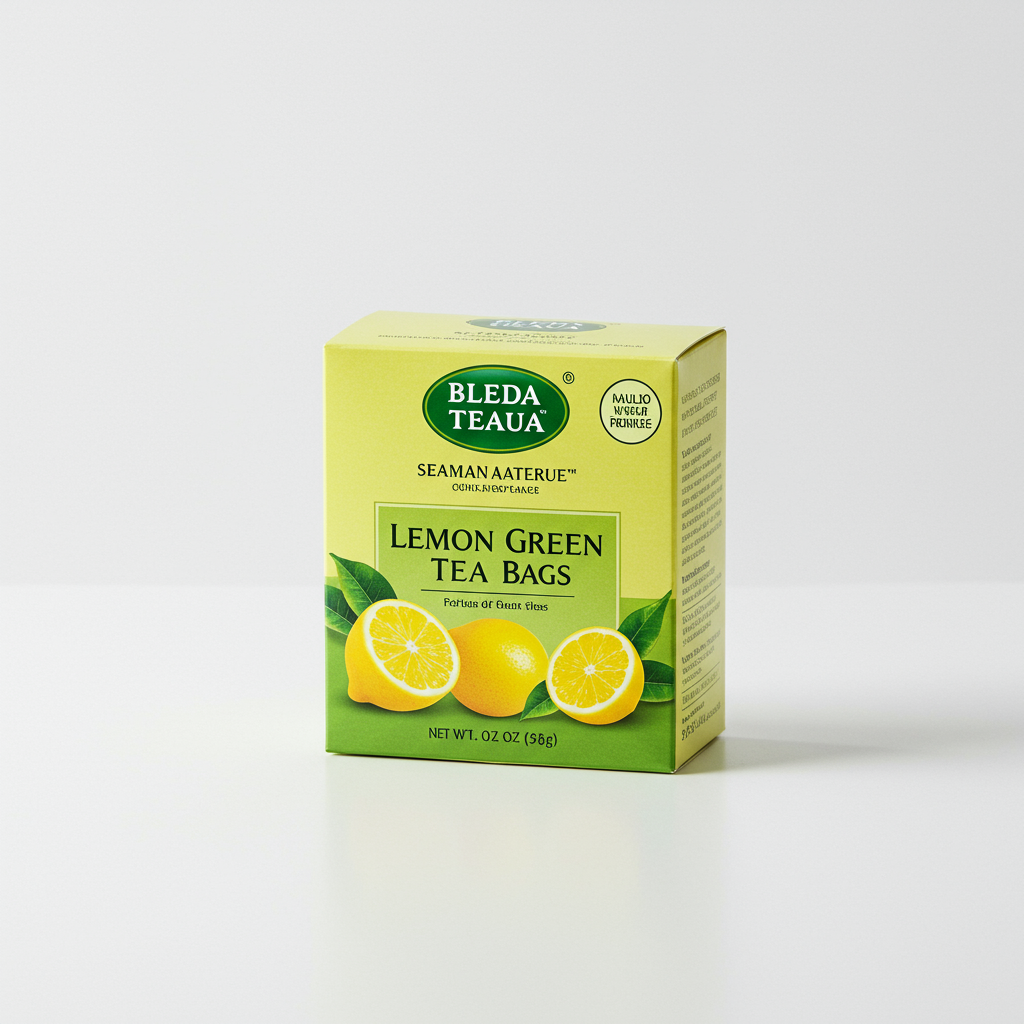
Lemon Green Tea Bags
See All
Health Info
Macros
Allowed on these diets
LOW FAT
HIGH CALCIUM
VEGETARIAN
KETO
PALEO
WHOLE 30
MEDITERRANEAN
LOW CARB
VEGAN
LACTOSE FREE
GLUTEN FREE
